-
 Bitcoin
Bitcoin $108,017.2353
-0.81% -
 Ethereum
Ethereum $2,512.4118
-1.58% -
 Tether USDt
Tether USDt $1.0002
-0.03% -
 XRP
XRP $2.2174
-1.03% -
 BNB
BNB $654.8304
-0.79% -
 Solana
Solana $147.9384
-1.76% -
 USDC
USDC $1.0000
-0.01% -
 TRON
TRON $0.2841
-0.76% -
 Dogecoin
Dogecoin $0.1636
-2.09% -
 Cardano
Cardano $0.5726
-1.72% -
 Hyperliquid
Hyperliquid $39.1934
1.09% -
 Sui
Sui $2.9091
-0.59% -
 Bitcoin Cash
Bitcoin Cash $482.1305
0.00% -
 Chainlink
Chainlink $13.1729
-1.54% -
 UNUS SED LEO
UNUS SED LEO $9.0243
-0.18% -
 Avalanche
Avalanche $17.8018
-1.90% -
 Stellar
Stellar $0.2363
-1.69% -
 Toncoin
Toncoin $2.7388
-3.03% -
 Shiba Inu
Shiba Inu $0.0...01141
-1.71% -
 Litecoin
Litecoin $86.3646
-1.98% -
 Hedera
Hedera $0.1546
-0.80% -
 Monero
Monero $311.8554
-1.96% -
 Dai
Dai $1.0000
-0.01% -
 Polkadot
Polkadot $3.3473
-2.69% -
 Ethena USDe
Ethena USDe $1.0001
-0.01% -
 Bitget Token
Bitget Token $4.3982
-1.56% -
 Uniswap
Uniswap $6.9541
-5.35% -
 Aave
Aave $271.7716
0.96% -
 Pepe
Pepe $0.0...09662
-1.44% -
 Pi
Pi $0.4609
-4.93%
Does the sudden divergence after the moving average is usually accompanied by a big market?
A sudden moving average divergence can signal weakening momentum or a potential trend reversal, especially when confirmed by volume spikes or key support/resistance breaks.
Jul 05, 2025 at 07:18 pm
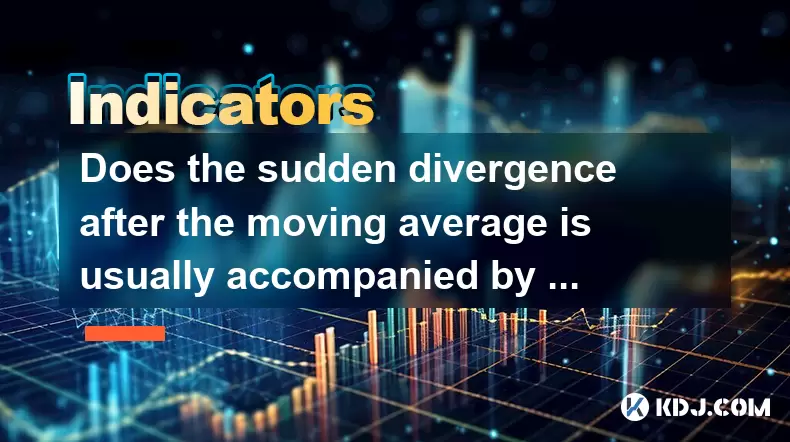
Understanding the Moving Average Divergence
In technical analysis, moving averages are one of the most commonly used indicators to evaluate price trends and potential reversals. A divergence occurs when the price of an asset moves in the opposite direction of a technical indicator, such as the moving average. This divergence can signal weakening momentum or a possible reversal in the current trend.
When traders talk about a sudden divergence after the moving average, they often refer to a sharp deviation between the price movement and the direction of the moving average line. This kind of divergence may appear during volatile market conditions and is typically interpreted as a sign of changing sentiment among market participants.
Divergence itself is not a direct confirmation of a trend reversal, but it serves as a warning signal that the current trend might be losing strength.
What Causes Sudden Divergence?
Sudden divergence often arises due to rapid shifts in market psychology. For instance, if a cryptocurrency has been in a strong uptrend and then suddenly experiences a sharp sell-off while the moving average continues to slope upward, this creates a bearish divergence.
This type of divergence may occur due to:
- A surge in selling pressure from institutional traders or large holders (whales)
- Negative news affecting investor confidence
- Technical resistance levels being tested and broken
The key here is to understand that a sudden divergence doesn't necessarily mean a big market move will follow, but it increases the probability of one occurring if confirmed by other indicators or volume spikes.
How to Identify a Valid Market Move After Divergence
To determine whether a divergence is likely to lead to a significant market move, traders should look for additional confirming signals. Some of these include:
- Volume Surges: A sudden increase in trading volume can confirm the strength behind a price move.
- Breakouts or Breakdowns: When price breaks through key support or resistance levels after divergence, it often signals the start of a new trend.
- Momentum Indicators: Tools like RSI or MACD can help confirm whether the divergence is part of a larger shift in momentum.
Traders must also pay attention to candlestick patterns and order flow data to validate whether the divergence is leading to a substantial directional move.
Examples of Divergence Leading to Big Moves in Crypto Markets
Historically, several notable events in the cryptocurrency market have shown how divergence can precede major price movements.
One such example occurred in early 2021 with Bitcoin. The price had been rising steadily, but the 50-day moving average started to flatten out. This was a sign of weakening momentum. Soon after, a sharp correction followed, which led to a drop of over $10,000 in a matter of days.
Another case involved Ethereum during the late 2022 bear market. Despite multiple rallies, the moving average continued to decline, indicating persistent weakness. Eventually, a breakdown below critical support levels triggered a massive selloff across altcoins.
These cases illustrate that while divergence isn’t always a precursor to a major market move, it often acts as an early warning system when combined with other tools.
How to Trade During a Divergence Event
Trading during a divergence requires a disciplined approach. Here's a step-by-step guide on how to approach such scenarios:
- Step 1: Confirm the Type of Divergence — Determine whether it’s bullish or bearish by comparing price action and moving average behavior.
- Step 2: Look for Volume Confirmation — Check if there’s a significant change in trading volume that aligns with the divergence.
- Step 3: Watch for Price Action Signals — Use candlestick patterns or chart breakouts to time entries more precisely.
- Step 4: Set Stop Losses and Take Profit Levels — Manage risk effectively by placing stop losses beyond recent swing points and setting realistic profit targets.
It's important to note that no single indicator should be used in isolation. Combining divergence analysis with other strategies enhances accuracy and reduces false signals.
Common Misconceptions About Divergence and Market Moves
Many traders mistakenly believe that any divergence automatically leads to a big market move. However, this is far from true. Divergence can persist for extended periods without resulting in a significant price shift.
Another common misunderstanding is that divergence only appears in trending markets. In reality, divergence can also form during sideways or consolidating phases, making it crucial for traders to assess context before taking action.
Additionally, some traders assume that divergence always indicates a reversal. It can sometimes reflect a pause or consolidation rather than a full reversal.
Frequently Asked Questions
Q: Can divergence occur on different timeframes?
Yes, divergence can appear on all timeframes, from 1-minute charts to weekly charts. However, higher timeframe divergences tend to carry more weight and reliability.
Q: Is divergence reliable for short-term trading?
Divergence can be used for short-term trading, but it’s more effective when combined with other indicators such as volume and volatility measures to filter out noise.
Q: What tools work best alongside divergence analysis?
Tools like the Relative Strength Index (RSI), Moving Average Convergence Divergence (MACD), and volume profiles complement divergence analysis well and provide stronger trade setups.
Q: Should I trade every divergence I see?
No, not every divergence results in a meaningful price move. Traders should focus on high-probability setups where multiple indicators align with the divergence signal.
Disclaimer:info@kdj.com
The information provided is not trading advice. kdj.com does not assume any responsibility for any investments made based on the information provided in this article. Cryptocurrencies are highly volatile and it is highly recommended that you invest with caution after thorough research!
If you believe that the content used on this website infringes your copyright, please contact us immediately (info@kdj.com) and we will delete it promptly.
- Bitcoin, Kiyosaki, and Acquisition: A Perfect Storm?
- 2025-07-05 22:35:14
- Cardano vs. Solana: The $500 Dream and a Payments Disruptor
- 2025-07-05 22:50:13
- Subway Surfers on PC: Level Up Your Experience, No Train Ticket Needed!
- 2025-07-05 22:35:14
- Ray Dalio, Bitcoin, and Disruptions: Navigating the Future of Finance
- 2025-07-05 23:10:13
- Yu Darvish's Padres Return: A Coin Flip?
- 2025-07-05 22:50:13
- Undead Blocks Rises Again: Avalanche Blockchain, Blackhole Partnership, and a Roadmap to 2026
- 2025-07-05 22:55:12
Related knowledge

How to set up a moving average crossover alert for Dogecoin
Jul 05,2025 at 07:33pm
Understanding Moving Averages and Their Relevance to DogecoinMoving averages (MAs) are among the most commonly used technical indicators in cryptocurrency trading. They help smooth out price data over a specific time period, offering traders a clearer view of trends. Dogecoin, being a highly volatile altcoin, often exhibits strong momentum when certain ...
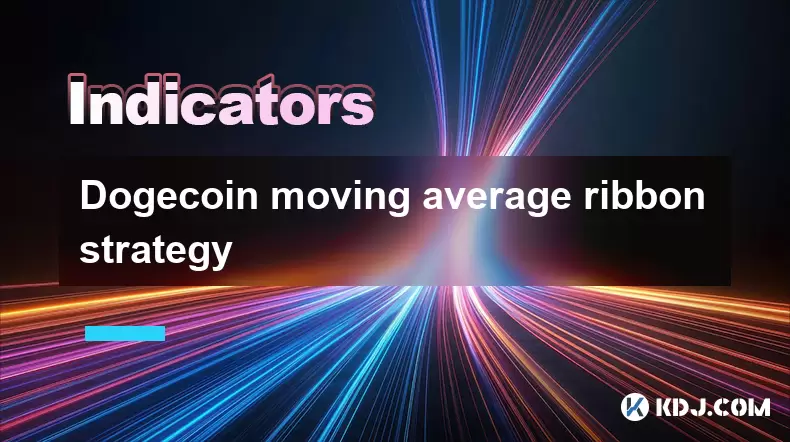
Dogecoin moving average ribbon strategy
Jul 05,2025 at 07:32pm
What is the Dogecoin Moving Average Ribbon Strategy?The Dogecoin moving average ribbon strategy is a technical analysis approach used by traders to identify potential trends and reversals in the price of DOGE. This method involves plotting multiple moving averages (MAs) on a price chart, typically of varying lengths, which visually form a 'ribbon' when ...
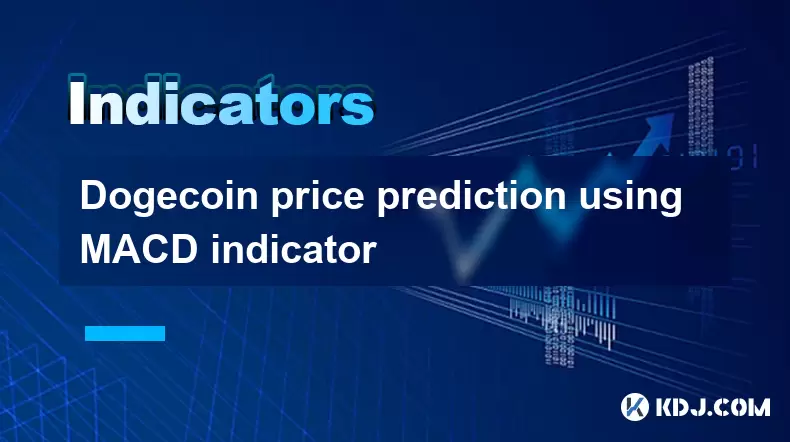
Dogecoin price prediction using MACD indicator
Jul 05,2025 at 07:18pm
Understanding the MACD Indicator in Cryptocurrency TradingThe Moving Average Convergence Divergence (MACD) is a popular technical analysis tool used by traders to identify potential price trends and reversals. It consists of three main components: the MACD line, the signal line, and the MACD histogram. The MACD line is calculated by subtracting the 26-p...
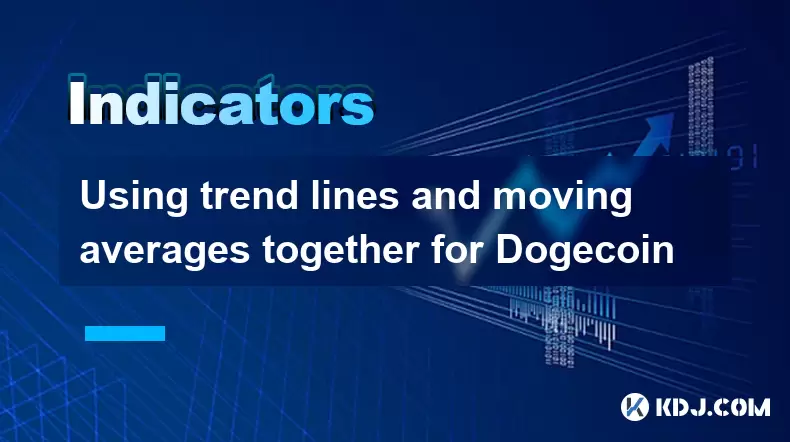
Using trend lines and moving averages together for Dogecoin
Jul 05,2025 at 07:16pm
Understanding Trend Lines in Cryptocurrency TradingTrend lines are essential tools for analyzing price movements in the cryptocurrency market. In Dogecoin trading, trend lines help identify potential support and resistance levels by connecting significant price points on a chart. When applied correctly, these lines can indicate whether the asset is in a...
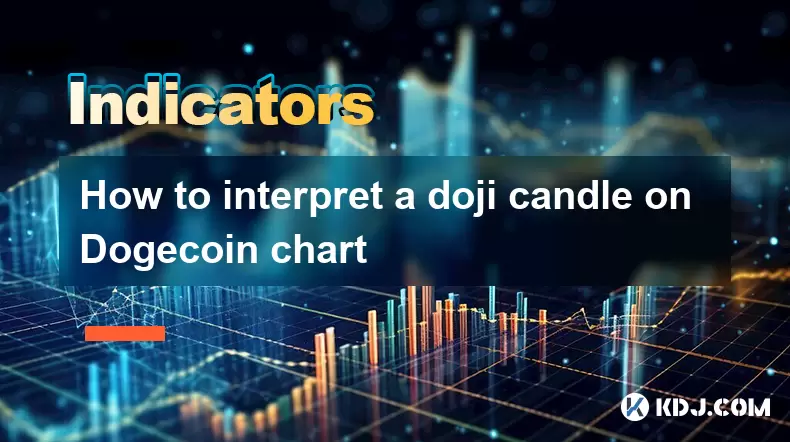
How to interpret a doji candle on Dogecoin chart
Jul 05,2025 at 07:49pm
Understanding the Doji Candlestick PatternA doji candle is a crucial technical indicator in cryptocurrency trading, especially when analyzing assets like Dogecoin. It represents market indecision and often signals potential reversals or continuation patterns. A doji forms when the opening and closing prices of an asset are nearly identical, resulting in...
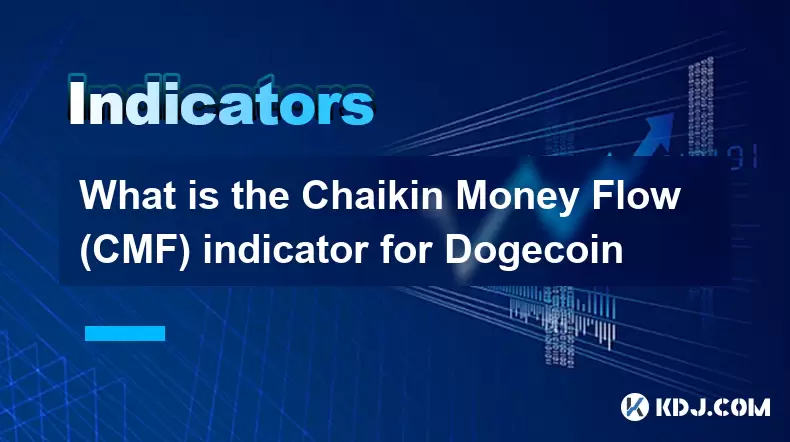
What is the Chaikin Money Flow (CMF) indicator for Dogecoin
Jul 05,2025 at 07:32pm
Understanding the Chaikin Money Flow (CMF) IndicatorThe Chaikin Money Flow (CMF) is a technical analysis indicator developed by Marc Chaikin to measure the accumulation and distribution of a financial asset over a specific period. It combines both price and volume data to assess whether institutional investors are actively buying or selling an asset. In...

How to set up a moving average crossover alert for Dogecoin
Jul 05,2025 at 07:33pm
Understanding Moving Averages and Their Relevance to DogecoinMoving averages (MAs) are among the most commonly used technical indicators in cryptocurrency trading. They help smooth out price data over a specific time period, offering traders a clearer view of trends. Dogecoin, being a highly volatile altcoin, often exhibits strong momentum when certain ...

Dogecoin moving average ribbon strategy
Jul 05,2025 at 07:32pm
What is the Dogecoin Moving Average Ribbon Strategy?The Dogecoin moving average ribbon strategy is a technical analysis approach used by traders to identify potential trends and reversals in the price of DOGE. This method involves plotting multiple moving averages (MAs) on a price chart, typically of varying lengths, which visually form a 'ribbon' when ...

Dogecoin price prediction using MACD indicator
Jul 05,2025 at 07:18pm
Understanding the MACD Indicator in Cryptocurrency TradingThe Moving Average Convergence Divergence (MACD) is a popular technical analysis tool used by traders to identify potential price trends and reversals. It consists of three main components: the MACD line, the signal line, and the MACD histogram. The MACD line is calculated by subtracting the 26-p...

Using trend lines and moving averages together for Dogecoin
Jul 05,2025 at 07:16pm
Understanding Trend Lines in Cryptocurrency TradingTrend lines are essential tools for analyzing price movements in the cryptocurrency market. In Dogecoin trading, trend lines help identify potential support and resistance levels by connecting significant price points on a chart. When applied correctly, these lines can indicate whether the asset is in a...

How to interpret a doji candle on Dogecoin chart
Jul 05,2025 at 07:49pm
Understanding the Doji Candlestick PatternA doji candle is a crucial technical indicator in cryptocurrency trading, especially when analyzing assets like Dogecoin. It represents market indecision and often signals potential reversals or continuation patterns. A doji forms when the opening and closing prices of an asset are nearly identical, resulting in...

What is the Chaikin Money Flow (CMF) indicator for Dogecoin
Jul 05,2025 at 07:32pm
Understanding the Chaikin Money Flow (CMF) IndicatorThe Chaikin Money Flow (CMF) is a technical analysis indicator developed by Marc Chaikin to measure the accumulation and distribution of a financial asset over a specific period. It combines both price and volume data to assess whether institutional investors are actively buying or selling an asset. In...
See all articles

























































































